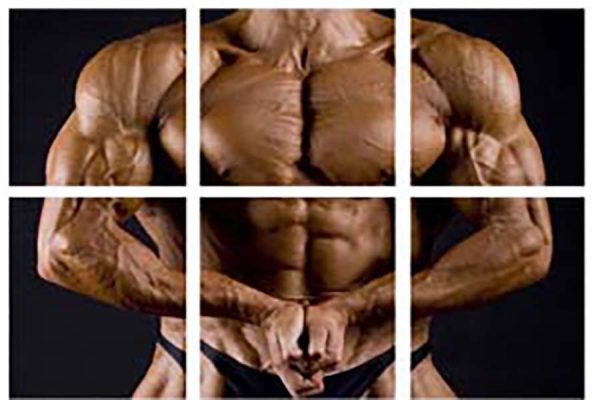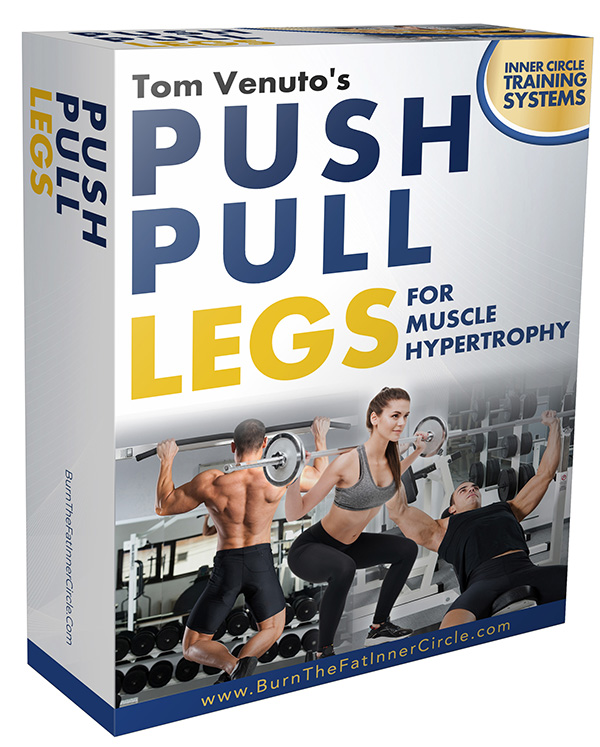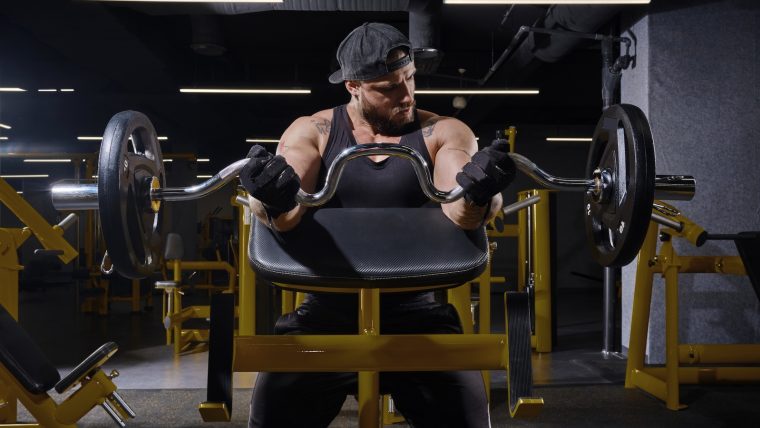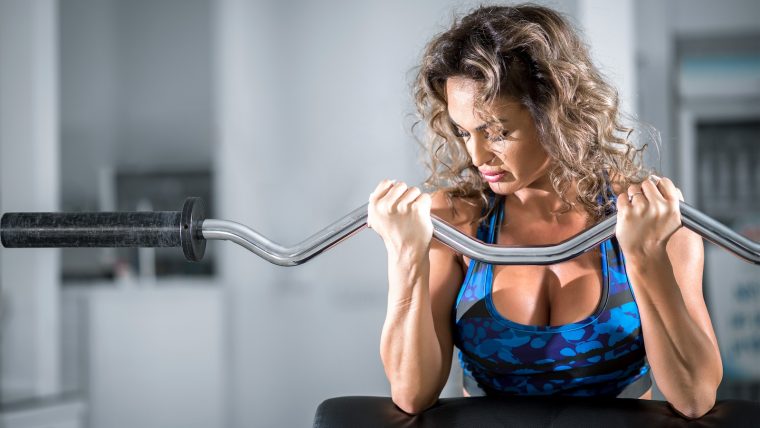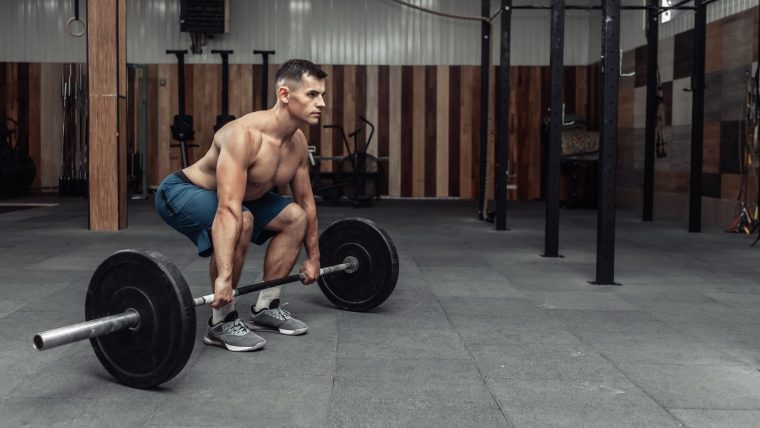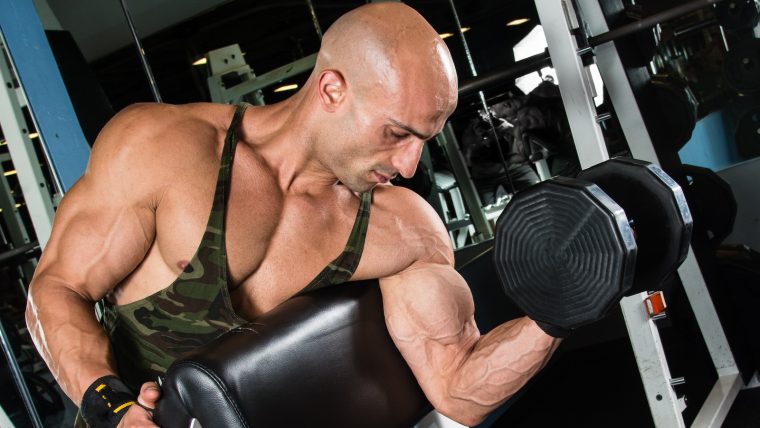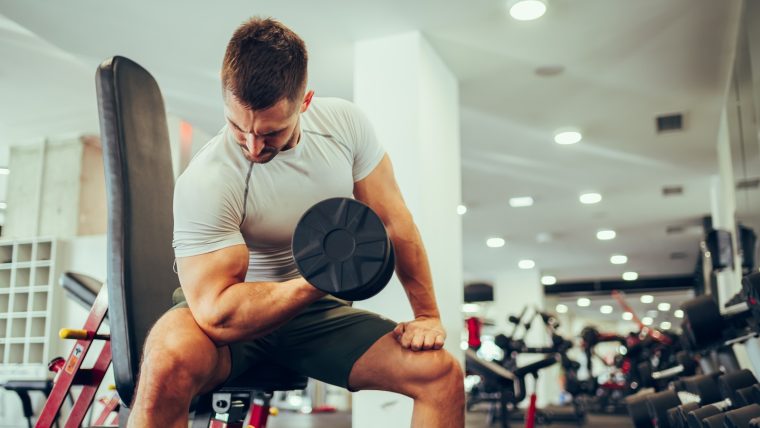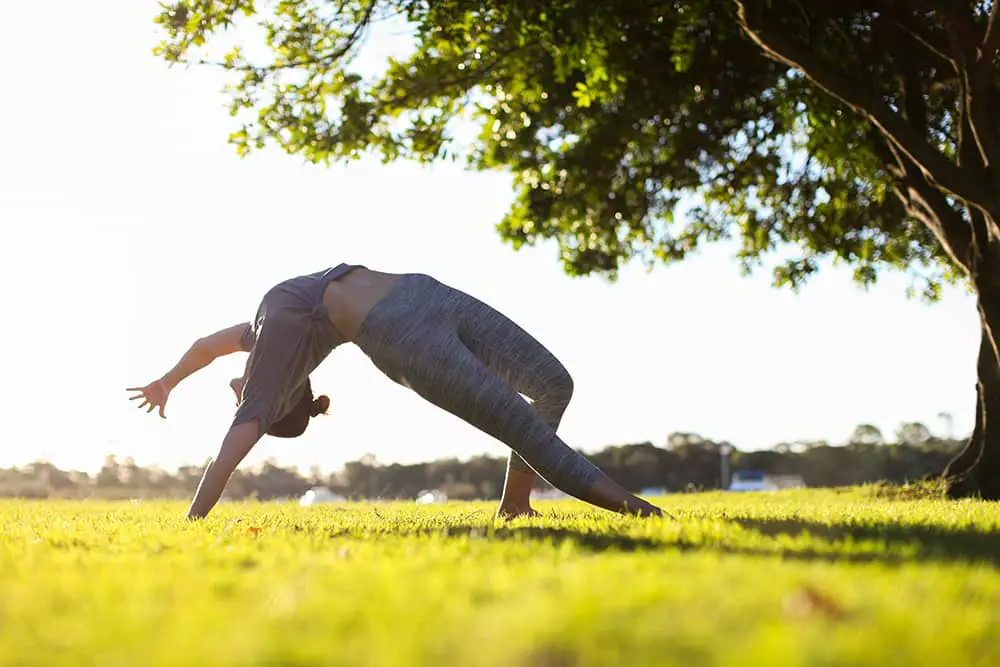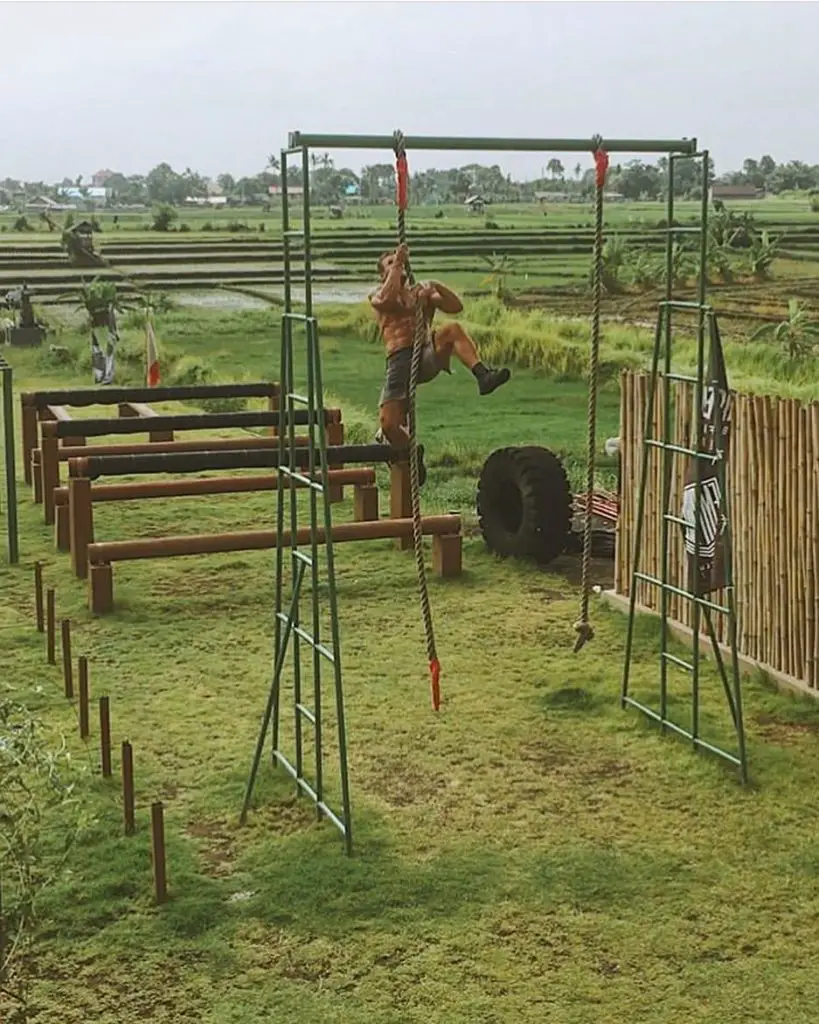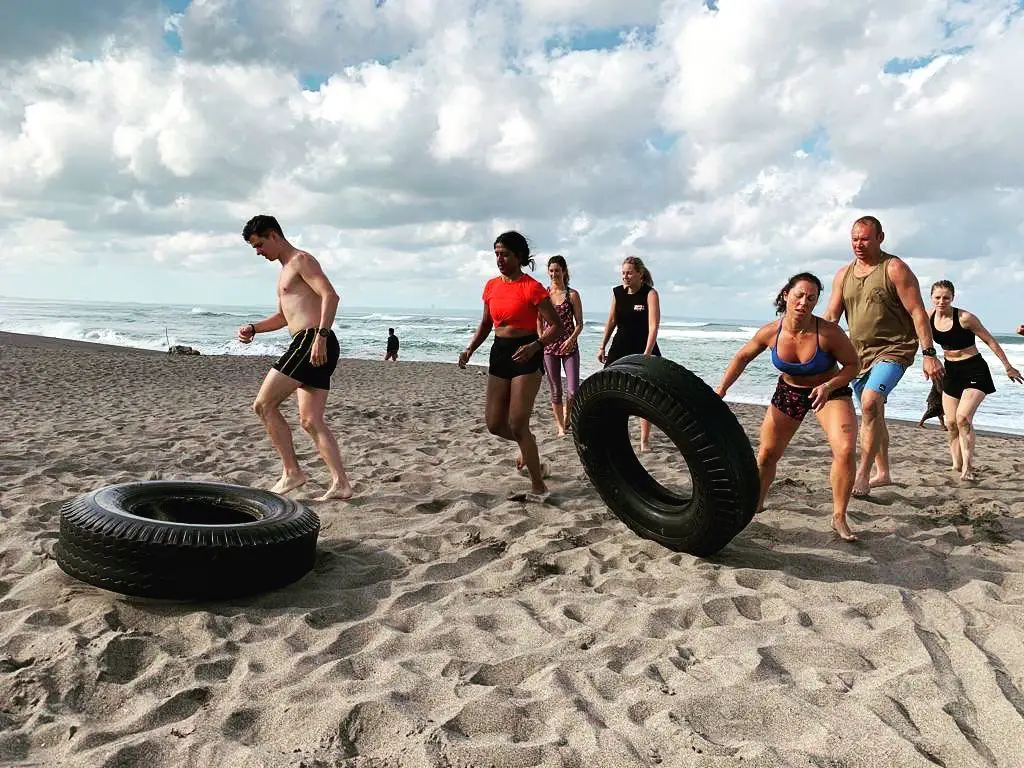
Have you ever wondered why your efforts to lose weight seem to plateau despite maintaining a healthy diet and regular exercise? The culprit might not be your routine or diet but rather your sleep patterns. Sleep is often overlooked in weight management, but it plays a pivotal role in your journey toward a healthier body.
Numerous studies have shown that the quality and duration of sleep can significantly impact weight loss efforts. While insufficient sleep can contribute to weight gain, consistently getting enough quality sleep can help you achieve your weight loss goals through better hormonal balance, enhanced metabolism, and improved energy levels.
But how exactly does sleep influence weight loss, and how can you ensure you get the sleep you need? This article dives into the intricate relationship between sleep and weight loss and provides practical tips to optimize your sleep habits for better results.
Understanding the connection between sleep and weight loss can be eye-opening. Here are the key ways sleep impacts your journey:
Hormonal Imbalance
Sleep deprivation disrupts the delicate balance of hormones that regulate hunger and satiety, particularly ghrelin and leptin. Under normal circumstances, ghrelin levels rise to signal hunger, while leptin levels increase to signal fullness after eating. However, when you don’t get enough sleep, ghrelin levels increase, and leptin levels decrease. This hormonal imbalance leads to heightened hunger and food cravings, making it more challenging to maintain a calorie deficit necessary for weight loss.
For example, after a night of poor sleep, you might find yourself reaching for high-calorie snacks or feeling unsatisfied after meals. This pattern can contribute to overeating and, over time, weight gain.
Reduced Physical Activity
A lack of sleep can leave you feeling fatigued and less motivated to engage in physical activities. When you’re tired, you’re less likely to hit the gym or even stay active throughout the day. This reduced physical activity decreases your overall energy expenditure, which can slow down your weight loss progress.
Additionally, sleep deprivation has been linked to decreased exercise performance. You might find that your workouts feel more challenging, and you’re less able to push yourself, leading to fewer calories burned and less muscle engagement. Over time, this can hinder your weight loss efforts and even lead to weight gain if your caloric intake remains the same.
Metabolism Dysregulation
Metabolism is the process by which your body converts the food you consume into energy. Sleep and metabolism are closely linked, as sleep plays a crucial role in regulating glucose metabolism and insulin sensitivity. When you’re sleep-deprived, your body’s ability to process glucose is impaired, leading to insulin resistance. This condition not only elevates your blood sugar levels but also promotes fat storage, making it harder to shed excess pounds.
Moreover, sleep deprivation triggers the release of cortisol, a stress hormone that encourages your body to conserve energy in the form of fat. Over time, this can lead to weight gain and make it more difficult to lose weight, even if you’re eating healthily and exercising regularly.
Increased Appetite and Cravings
A lack of sleep can wreak havoc on your appetite-regulating hormones, leading to an increase in hunger and cravings. As mentioned earlier, sleep deprivation raises ghrelin levels while lowering leptin levels, which can result in an overwhelming urge to eat—especially high-calorie, sugary, and fatty foods.
This can create a vicious cycle where poor sleep leads to poor food choices, which can, in turn, lead to further weight gain. If you’re trying to lose weight, managing your sleep is just as important as managing your diet.
Poor Decision-Making
Sleep deprivation doesn’t just affect your body; it also impacts your brain. When you’re tired, your brain’s ability to make sound decisions is compromised. The frontal lobe, responsible for decision-making and impulse control, becomes less active, making you more prone to making poor food choices. This might manifest as reaching for that extra slice of pizza or indulging in late-night snacks, even when you know it’s not in line with your weight loss goals.
Moreover, sleep-deprived individuals tend to gravitate toward larger portions of calorie-dense foods. The combination of impaired decision-making and increased cravings can significantly derail your weight loss efforts.
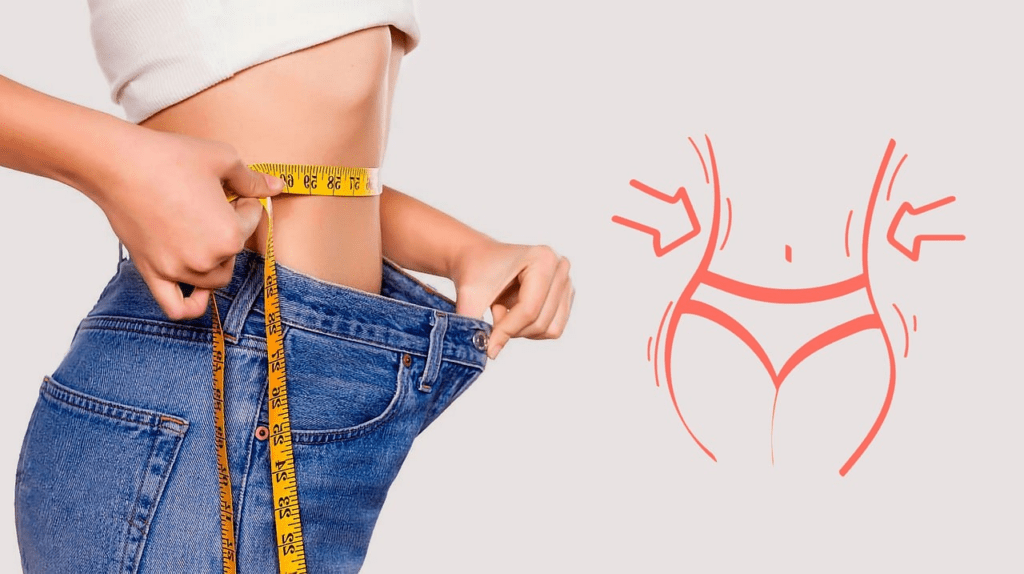
Now that you understand how sleep affects weight loss, let’s explore how improving your sleep can help you achieve your goals:
1. Enhanced Metabolic Function
Getting enough sleep is crucial for regulating metabolic processes, such as glucose metabolism and insulin sensitivity. When you sleep well, your body is better equipped to process glucose efficiently, reducing the risk of insulin resistance and promoting better fat metabolism. This not only helps prevent weight gain but also supports your efforts to lose weight.
In contrast, sleep deprivation lowers your resting metabolic rate (RMR), the number of calories you burn at rest. By prioritizing sleep, you can maintain a higher RMR, making it easier to create the calorie deficit needed for weight loss.
2. Increased Physical Activity and Performance
A well-rested body is more likely to be active. When you consistently get enough sleep, you wake up feeling refreshed, energized, and ready to tackle the day. This increased energy translates into better exercise performance, allowing you to push harder, burn more calories, and build more muscle.
Studies have shown that individuals who prioritize sleep are more likely to engage in regular physical activity, which is essential for long-term weight management. Moreover, sleep enhances muscle recovery, helping you build lean muscle mass that can further boost your metabolism.
3. Appetite Regulation
Quality sleep helps regulate your appetite by maintaining a healthy balance of ghrelin and leptin. When these hormones are in balance, you’re less likely to experience intense hunger and cravings, making it easier to stick to your diet plan. By curbing excessive hunger and promoting a sense of fullness, sleep enables you to maintain a calorie deficit without feeling deprived.
4. Prevention of Weight Gain
Chronic sleep deprivation has been linked to weight gain and an increased risk of obesity. By ensuring you get enough sleep, you can prevent the hormonal imbalances that lead to increased appetite, reduced metabolism, and fat storage. Prioritizing sleep creates a favorable environment for weight loss and reduces the likelihood of gaining weight in the first place.
5. Better Food Choices
When you’re well-rested, your cognitive functions, including decision-making and impulse control, are at their best. This means you’re more likely to make healthier food choices, resist temptations, and stick to your diet plan. By improving your sleep, you can enhance your mental clarity and make more mindful decisions that support your weight loss goals.

To harness the benefits of sleep for weight loss, it’s essential to prioritize and improve the quality of your sleep. Here are seven tips to help you get started:
1. Establish a Consistent Sleep Schedule
Aim to go to bed and wake up at the same time every day, even on weekends. This consistency helps regulate your body’s internal clock, making it easier to fall asleep and wake up naturally.
2. Create a Sleep-Friendly Environment
Your bedroom should be a sleep sanctuary. Keep it cool, dark, and quiet to create an environment conducive to rest. Invest in a comfortable mattress and pillows, and consider using blackout curtains, earplugs, or white noise machines to eliminate any disruptions.
3. Limit Screen Time Before Bed
The blue light emitted by smartphones, tablets, and computers can interfere with your body’s production of melatonin, the hormone that regulates sleep. To promote better sleep, try to avoid using electronic devices at least an hour before bedtime, or use blue light filters if you must use them.
4. Develop a Relaxing Bedtime Routine
Incorporating relaxing activities into your evening routine can signal to your body that it’s time to wind down. Consider reading a book, taking a warm bath, practicing deep breathing exercises, or listening to calming music before bed.
5. Be Mindful of Your Diet
Avoid large, heavy meals and excessive fluid intake close to bedtime, as these can disrupt your sleep. Also, limit your intake of caffeine, nicotine, and alcohol in the hours leading up to bedtime, as these substances can interfere with your ability to fall asleep.
6. Incorporate Regular Exercise
Regular physical activity can improve sleep quality, but timing is key. Try to finish any vigorous exercise at least a few hours before bed to give your body time to wind down. Moderate exercise during the day, such as walking or yoga, can help promote better sleep.
7. Manage Stress Effectively
Stress and anxiety are common culprits of poor sleep. To manage stress, consider incorporating relaxation techniques such as meditation, journaling, or spending time in nature into your daily routine. These practices can help calm your mind and prepare your body for restful sleep.
Sleep plays a critical role in weight loss and overall health. By understanding the connection between sleep and weight management, you can make informed changes to your sleep habits that support your weight loss goals. Quality sleep influences your metabolism, appetite, and energy levels, setting the stage for successful weight loss.
By implementing the tips outlined above—such as establishing a consistent sleep schedule, creating a sleep-friendly environment, and practicing a relaxing bedtime routine—you can optimize your sleep and, in turn, your weight loss journey.



